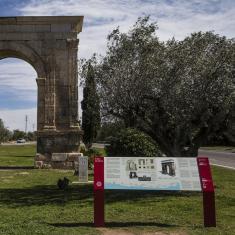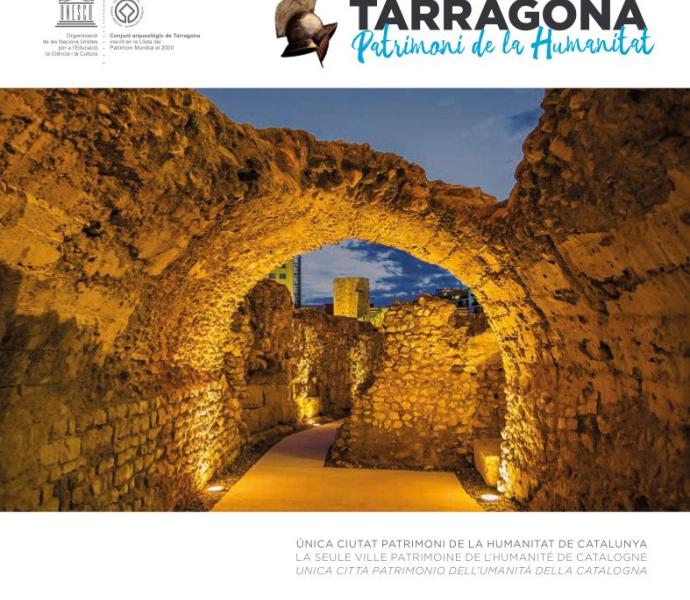Tarragona is the Only World Heritage City in Catalonia
The purpose of the Roman Route is to introduce visitors to the history of Tarragona by means of the main monuments that survive from that era, when the city was at the peak of its splendour. On 30 November 2000, UNESCO declared the ancient Roman Archaeological Ensemble of Tarraco as a World Heritage Site.
Since its origins, the Mediterranean has highlighted Tarragona as a destination point.
In the year 218 BC, during the time of the Punic wars, Gnaeus Cornelius Scipio Calvus landed on our coastline and set up a military camp which, over time, would end up becoming the main base of the Hispania Roman Empire. From Tarragona, the Iberian Peninsula was conquered over the course of the next 200 years and Latin civilisation spread over all of Hispania…Thus began Tarraco’s history.
Since its origins, Tarraco has been made up of two separate areas linked together: the military zone in the old town (the upper part of the city), and the civil and residential zone in the lower part. The city was structured in the 2nd century BC, when the wall was built and the street layout was designed. It grew in significance during the 2nd and 1st centuries BC with the arrival of new settlers.
Julius Caesar himself granted it colony status, probably in the year 45 BC, with the name Colonia Iulia Urbs Triumphalis Tarraco. From 27 to 25 BC, the emperor Augustus resided in the city, leading battles against the Cantabri and Astures and, for the first time, ruling the Empire from outside Rome itself.
In the 1st and 2nd centuries AD, Tarraco, then capital of the Hispania Citerior province (the Empire’s largest province, which included more than half of the Iberian Peninsula) became highly significant and witnessed a spectacular growth in size. The city filled up with monuments: the Forum was extended, public baths and an amphitheatre were built, and in the acropolis, the impressive architectural complex consisting of the provincial Forum and circus, was constructed. The famous Temple of Augustus, mentioned by Tacitus, was also built.
Tarraco’s significance lives on in the monuments that history has left us. Discover places and sites of the Archaeological Ensemble of Tarraco!
Tarraco Mapping
Map
- 0
- 1
- 2
- 3a
- 3b
- 3c
- 4
- 5
- 6
- 7
- 8
- 9
- 10
- 11
- 12
- 13
- 14
- 15
- 16













































